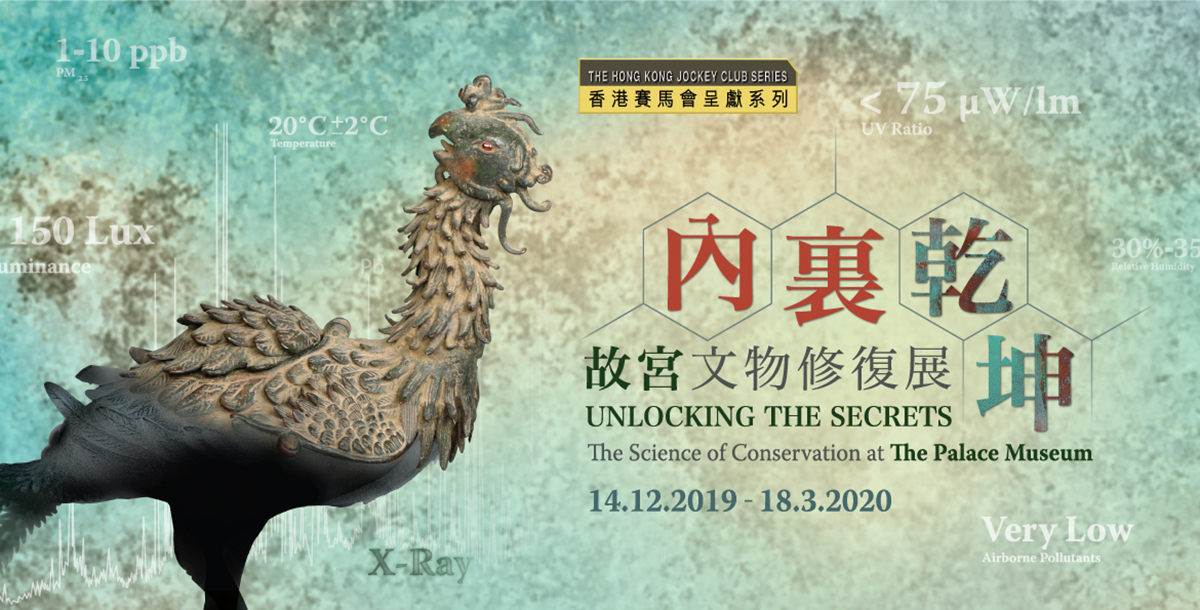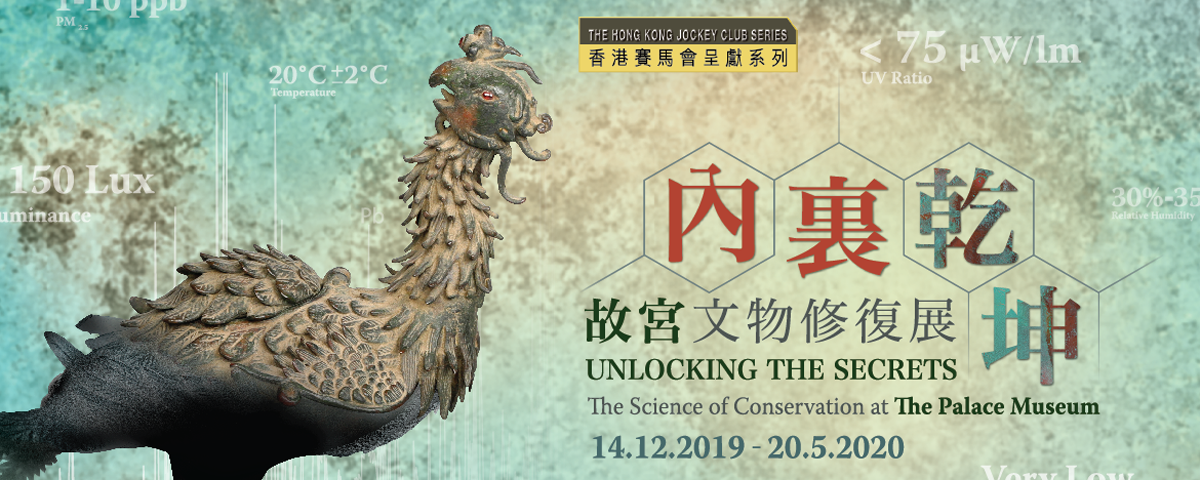Introduction
Built in 1420, the Forbidden City was the residence and court administration centre of 24 emperors in the Ming and Qing dynasties. It is a treasure trove of numerous historical works of literature and rare artefacts. The Palace Museum was established in 1925 and since that time it has not only helped to preserve the wooden architecture of the Forbidden City and functioned as a museum, but has also preserved the artefacts within that have significant heritage value. In addition to preservation and research, the museum is also committed to using traditional craft techniques to restore damaged architectural and cultural objects that have been sealed in dust for many years, so as to bring them back their former glory. In recent years, the museum even set up a "Cultural Relic Hospital", which apart from promoting traditional craft skills has also actively introduced the use of different advanced cultural relic "diagnostic" equipment, including computed tomography equipment designed for scanning objects, high-resolution microscopes and various spectrometers, to study the objects more scientifically and thus greatly improve the effectiveness of the conservation.
2020 is an important milestone in the 600-year history of the Forbidden City. To mark this special occasion, the Hong Kong Science Museum is presenting "The Hong Kong Jockey Club Series: Unlocking the Secrets - The Science of Conservation at The Palace Museum" exhibition, that tells the untold stories behind the cultural relic conservation work. The exhibition displays more than 100 priceless artefacts, ranging from bronzes, clocks, textiles, thangkas, woodenware, lacquerware and inlaid works to ceramics, calligraphy, paintings, and also hand-painted copies of ancient paintings. Some of the exhibits are just recently conserved and have never been formally displayed. Alongside these objects, the exhibition also features several interactive exhibits. Through hands-on interaction, visitors can deepen their understanding of exquisite traditional Chinese craft techniques as well as the scientific principles and technologies applied in objects restoration. Moreover, the exhibition presents the work of the Conservation Office in Hong Kong by showcasing intriguing restoration works, including the conservation of the century-old "No. 313" train coach and the China trade painting "The Emperor Holding Court in the Imperial Winter Palace, Peking", visitors can learn more about the work and professional skills of conservators as well as their mission to preserve Hong Kong's heritage assets.

